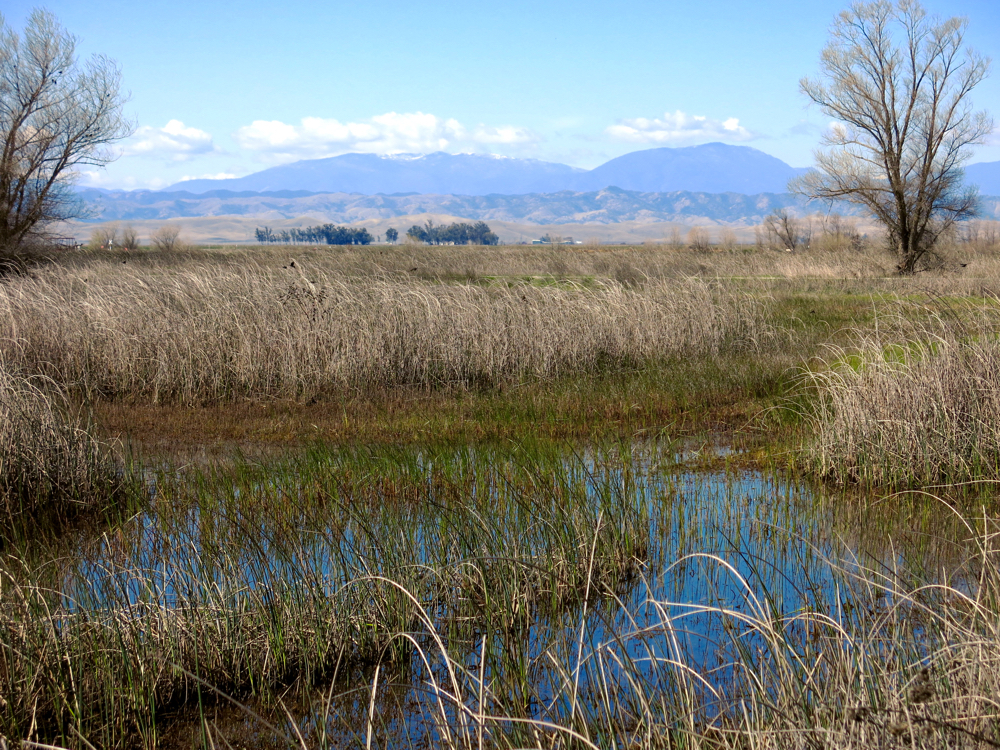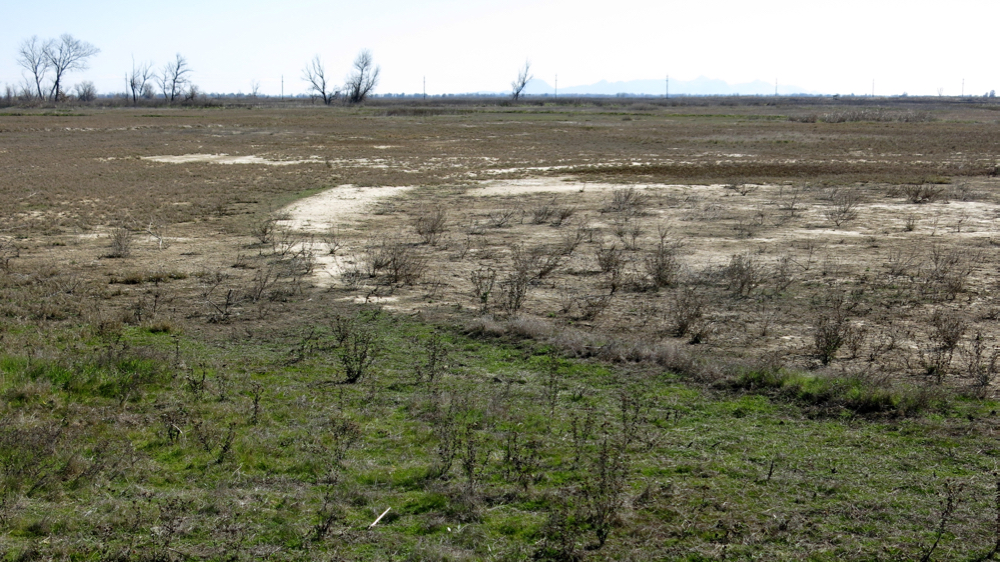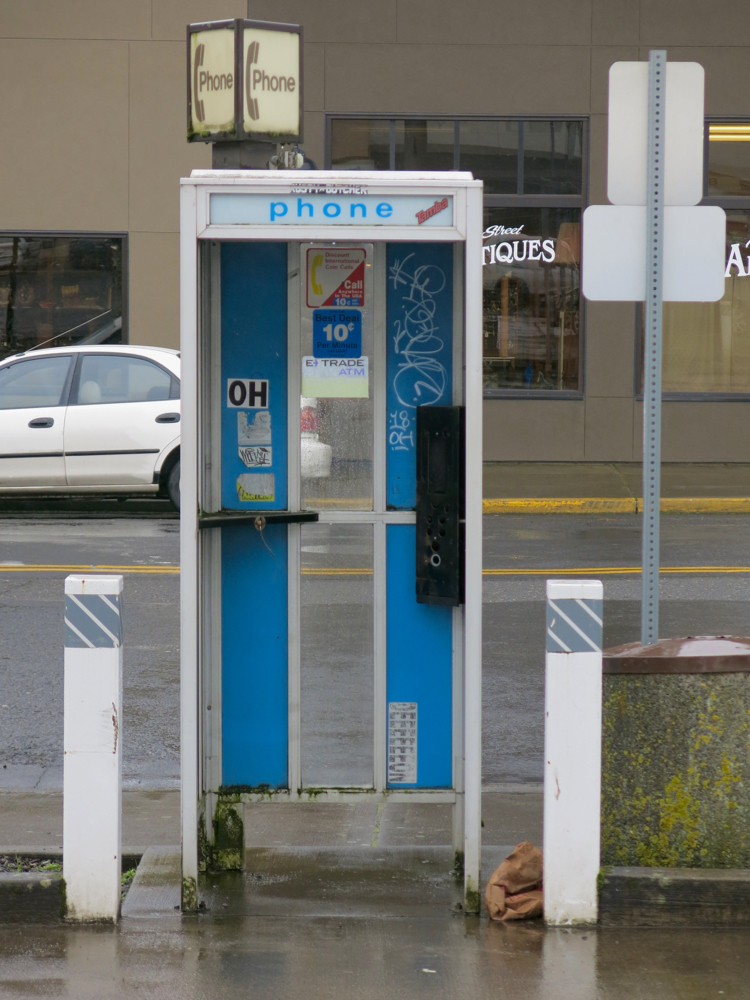“White supremacy” has become a new catch-phrase among those who are trying to fight racial injustice, replacing “white privilege” as the catch-phrase du jour. I think it’s worth asking: will the phrase “white supremacy” help us succeed in combating structural racism, where “white privilege” seems to have failed us? Here are three reasons why I suspect “white supremacy” will fail to make much of an impact:
1. Robin DiAngelo, a professor of social work at the University of Washington (and a white woman herself) wrote an influential paper in the International Journal of Critical Pedagogy in which she defines a phenomenon which is relevant here: “White people in North America live in a social environment that protects and insulates them from race-based stress. This insulated environment of racial protection builds white expectations for racial comfort while at the same time lowering the ability to tolerate racial stress, leading to what I refer to as White Fragility.”
DiAngelo goes on to propose a pedagogical approach to help white people understand whiteness and racism: “It is useful to start at the micro level of analysis, and move to the macro, from the individual out to the interpersonal, societal and institutional.” This approach, claims DiAngelo, “allows for the pacing that is necessary for many white people for approaching the challenging study of race.” DiAngelo advocates for an “ongoing process” rather than an event. By contrast, I believe anti-racism catch-phrases tend to trigger “white fragility,” which has the unintended effect of shutting down an ongoing process of antiracism.
2. Most of the white people I’ve heard using the phrase “white supremacy” are college-educated professionals; that is, they are upper middle class whites. And all too often, they manage to use the phrase “white supremacy” so that it sounds like they are directing it at others; I mean, if I’m enlightened enough to use the phrase “white supremacy,” then I must be halfway to embodying righteous racial justice in myself, right?
As someone who spent the first dozen years of his work life working in a lumberyard and then as a carpenter, I know I got tired of being condescended to by self-assured upper middle class college-educated professionals who seemed always to assume that they knew more than I did about everything, simply by virtue of the fact that they were professionals and I was working what they considered to be a crappy job. When I hear white college-educated professionals making public statements about white privilege, I hear the same tone of voice I heard when the same class of people condescended to me in the lumberyard. In short, I don’t think the phrase “white supremacy” carries well across the class divide between college-educated professionals and everyone else; nor does it carry well across the many gradations of class that exist within the ranks of college-educated professionals. None of us likes to be condescended to.
3. Finally, it has been my experience that systems change does not happen in a linear fashion. I was first introduced to systems theory by Jay Forrester’s book Urban Dynamics. Forrester was the first one to model systems change as a non-linear mathematical function, and I remember going through the FORTRAN code he printed in the back of that book and realizing that he was modelling systems as interconnected feedback loops represented by GO TO commends. Forrester’s mathematical model provides a couple of useful insights: ordinary cause-and-effect causality does not work with systems; and because of their interconnected feedback loops, systems tend to return to a stable state, except if they suddenly make a leap into a new stable state. Since then, I have found that non-linear models work very well in describing and effecting change in systems like family systems and congregational systems; and I am pretty confident that larger-scale human systems also are best modeled as non-linear.
That being the case, I am skeptical of the efficacy of “white privilege” as a useful tool for systems change in the area of racial justice, as if the simple linear act of naming the problem with linearly effect positive change. Based on past experience with attempts to use linear models to effect change in non-linear systems, I would expect the initial use of the phrase “white supremacy” to provoke strong reactions which effect short-term change, followed by a backlash, and an eventual return to the previous equilibrium. (And this is pretty much what I’ve seen happen with the old catch-phrase “white privilege.”)
How, then, can we effect positive change in the non-linear system of structural racism?
Well, if I could answer that question, I’d already be working on implementing positive change. But I think Robin DiAngelo is onto something when she argues for beginning with the individual. When I look at the astonishingly effective playbook of the same-sex marriage movement, this turns out to be one of their most effective strategies, what Freedom To Marry calls “values-based conversations”: “In California in 2008 and 2009, volunteer-collected data shows that values-based [face-to-face] conversations were moving 25% of all undecided and opposed voters to be more supportive of [same sex] marriage, with half these moving towards undecided and the others moving to be new supporters.” Obviously, the political battle for same-sex marriage differs significantly from structural racism that is cultural and social as well as political (and we can’t ignore the racial make-up of the same-sex marriage movement). But perhaps one thing we we can discover in the success of the same-sex marriage movement is the importance of direct one-on-one conversations between individuals; if us white people can start talking as individuals to one another, perhaps without relying on the current catch-phrases, we might find that we are making some non-linear progress towards out goal.
Not that I believe that values-based conversations will be sufficient to end structural racism. But I do think that some kind of individualized, non-condescending, non-linear approach is about the only kind of approach that will effect permanent and positive change.



